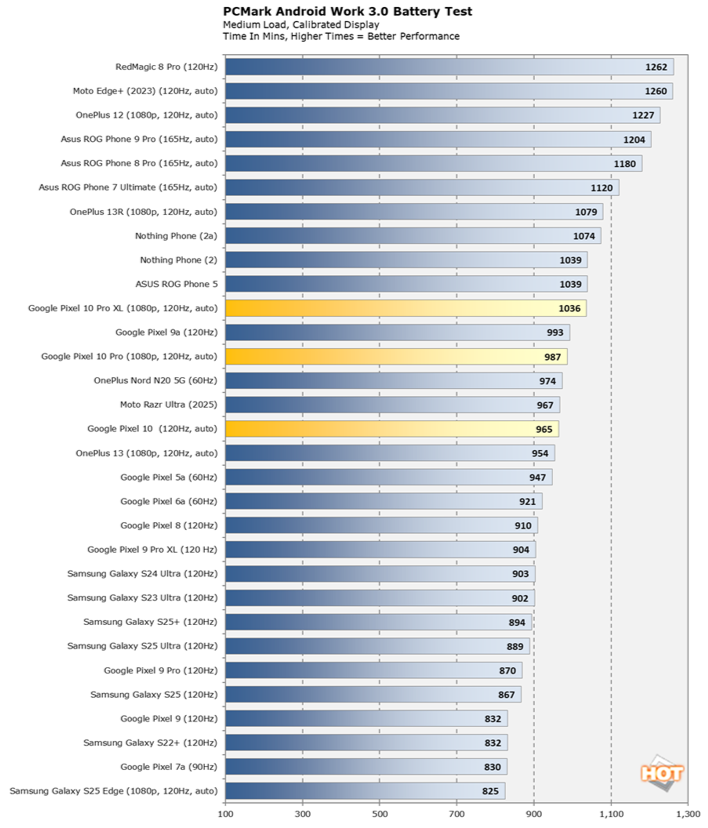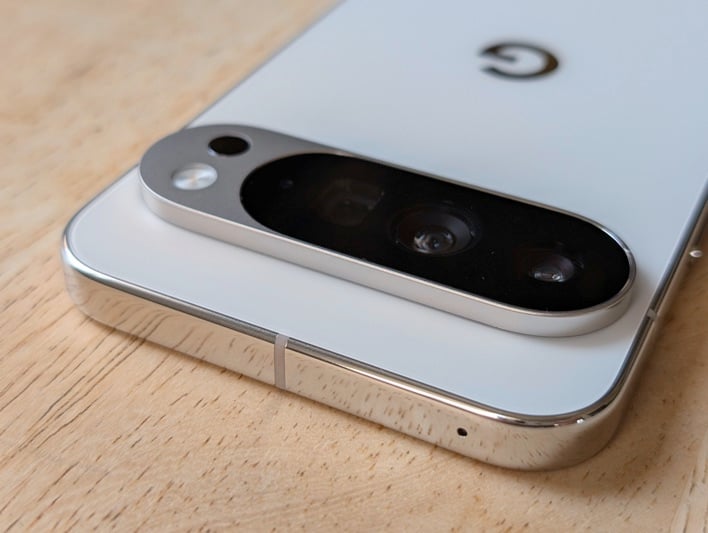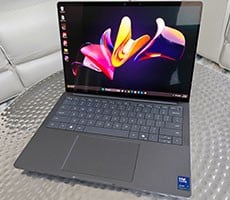Google Pixel 10 Series Review: These Flagship Phones Impress
Pixel 10 Series Reception And Sound Quality
Unfortunately, without SIM trays – and because we didn’t have access to T-Mobile or Verizon eSIMs in a timely manner – we couldn’t test these phones on all three carriers. Thankfully, AT&T was able to provide us with eSIMs in time for this review. As we’ve mentioned before, eSIM-only devices make it significantly more difficult to swap SIMs, give consumers less choice, and generally add unnecessary friction.But we have good news. Outside the US, the Pixel 10, 10 Pro, and 10 Pro XL come with SIM trays and support both physical SIMs and eSIMs. So, if you can live without mmWave 5G, buying one of these handsets abroad might be the solution. For example, the Canadian Pixel 10 lineup supports the same sub-6GHz 5G and 4G LTE bands as in the US, and includes SIM trays. In other words, you can have your cake and eat it too.
Pixel 10 Series Performance
The Pixel 10 lineup packs Google’s new Tensor G5 SoC which is manufactured using TSMC’s 3nm process and was entirely designed in-house without any of Samsung’s Exynos IP. It’s paired with 12GB of RAM on the Pixel 10 and 16GB on the Pixel 10 Pro and 10 Pro XL. Storage options include 128GB (UFS 3.1) on the Pixel 10 and 10 Pro, 256GB (UFS 4.0) on all three handsets, and 512GB or 1TB (Zoned UFS) on the Pixel 10 Pro and 10 Pro XL.Google’s Tensor G5 is supposed to be slightly more power efficient than Tensor G4, and deliver longer battery life and better thermals – two areas where Pixel phones have consistently struggled. The Pixel 10 lineup also features Samsung’s Exynos Modem 5400, which carries over from last year’s Pixel 9 series, and includes satellite connectivity. Google was rumored to switch to a MediaTek modem, but that didn’t happen.
We didn’t experience any problems running our usual collection of productivity, social media, and entertainment apps. All three Pixel 10 handsets felt snappy no matter the task. Our standard array of benchmarks showed that Tensor G5 performs better than Tensor G4 in most scenarios.
Clearly, Tensor G5 isn’t as fast as Qualcomm and MediaTek’s best chips, but we’re pretty confident that – hard-core gamers aside – most people won’t notice the difference. Overall, Google's Tensor G5 delivers a welcome performance boost over Tensor G4.
Pixel 10 Series Geekbench Results
GeekBench is a cross-platform benchmark that simulates real-world processing workloads in image processing and particle physics calculation scenarios. We tested all of the smartphones featured here with GeekBench's single and multi-core workloads.Pixel 10 Series AnTuTu 8 Benchmarks
AnTuTu’s latest benchmark returns a number of metrics ranked with somewhat nebulous scores, rather than frame rates or time to complete. Here we're running the latest version of AnTuTu across multiple Android devices. AnTuTu returns four top level performance results which are all included here: CPU, RAM, 3D, UX (or User Experience), along with a total score.According to AnTuTu, the Pixel 10 Series offers slight increase in performance vs. the previous generation Pixel handsets, slotting right above the Pixel 9a in terms of overall score.
Pixel 10 Series Graphics And Gaming Benchmarks Results
Now, let's take a look at how the Pixel 10 Series stacks up in GFXBench, which has been one of the standard mobile graphics/gaming performance benchmarks for years. To ensure that display refresh (v-sync) and resolution aren't limiting factors, we're comparing off-screen test results here. GFXBench tests OpenGL ES graphics workloads and we're specifically testing Vulkan in the latest iterations.In this test, we're seeing Google's Tensor G5 roughly matching Qualcomm's Snapdragon 8+ Gen 1 in terms of performance. Google's Tensor G5 doesn't deliver killer performance in graphically rich, gaming-oriented benchmarks but once again it's significantly faster then the previous gen Pixel 9 series.
Pixel 10 Series 3DMark Wild Life Benchmark Tests

Pixel 10 Series Additional Features And Battery Life
Spec-wise, the Pixel 10 includes sub-6GHz and mmWave 5G, 4G LTE, WiFi 6e (802.11ax), Bluetooth v6.0 + LE, NFC, and dual-band A-GPS / GLONASS / Galileo / BeiDou / QZSS / NavIC positioning -- plus the usual assortment of sensors. In addition, the Pixel 10 Pro and 10 Pro XL bring WiFi 7 (802.11be) and UWB to the spec list. The ultrasonic fingerprint sensor is fast and reliable, and haptics are precise and strong.When it comes to battery life, we’ve definitely noticed an improvement with these phones over the Pixel 9 series. Those higher capacity batteries definitely help. So far, battery life appears to be about 5-10% better across the board. This means these three Pixel 10 handsets should easily last an entire day on a full charge for most people.









